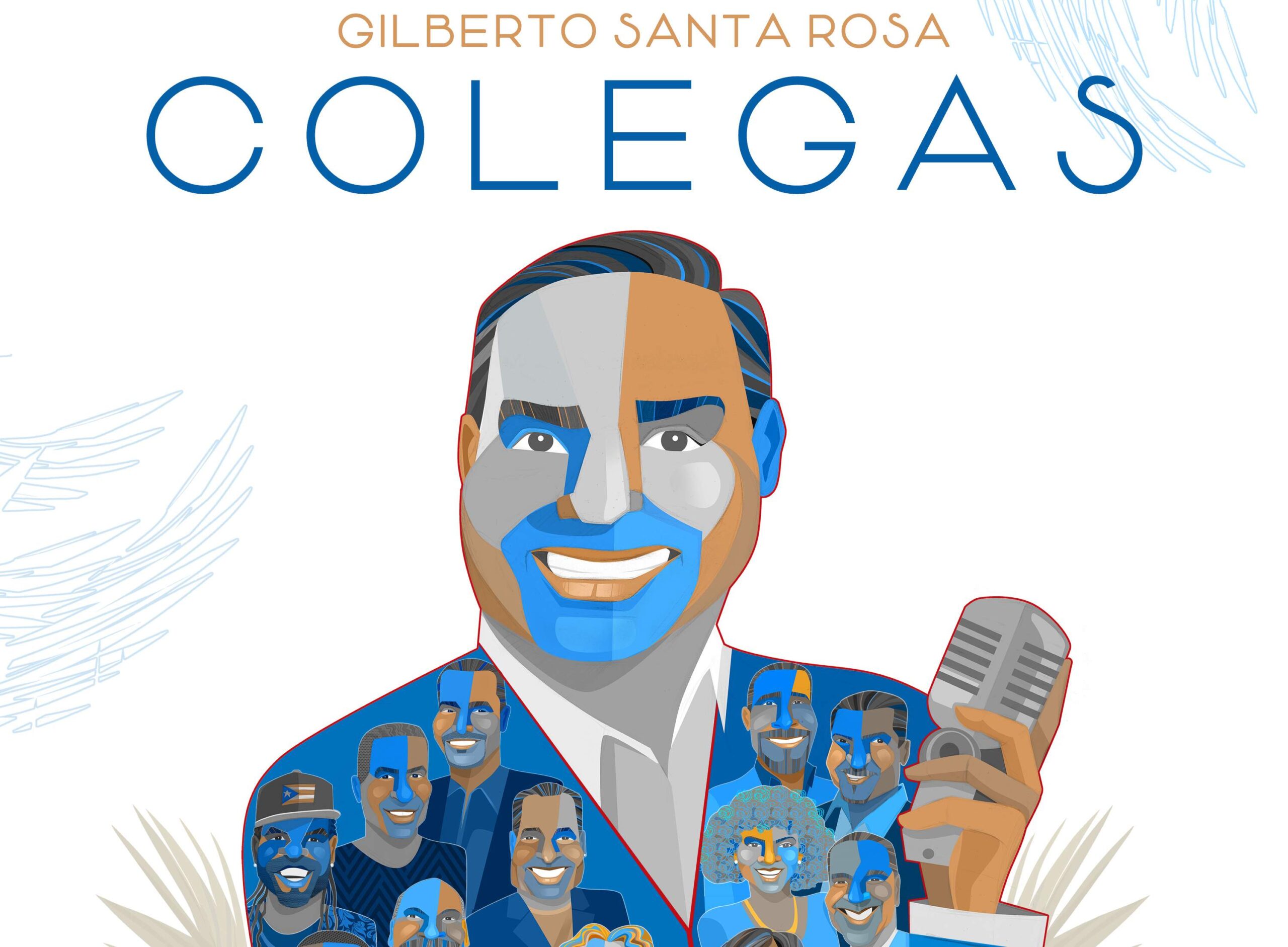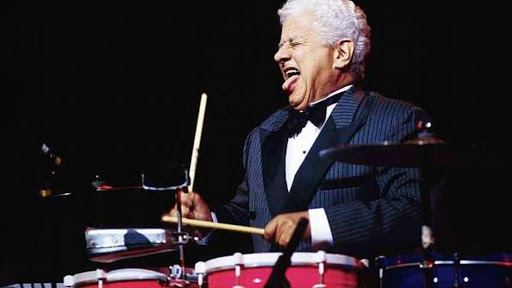Why sensual bachata is popular
With the passage of time, music has undergone such a big transformation that it looks no longer as what it was a few decades ago. Just as new musical genres with very modern rhythms have emerged lately, the old ones have continuously adapted to consumers’ changing tastes of this era. Such is the case of bachata, which has progressively succumbing to the sensual fashion that has spread to a good part of current genres.
Nowadays sensual bachata has gone on to become one of the favorite musical styles for both young and not so young. The best proof of this is that each day there are more radio stations and nightclubs that include in their repertory this music to appeal to the public who support it.
What has made sensual bachata become so famous?
This genre from the Dominican Republic and Puerto Rico has always stood out for its waste of romanticism and sensuality, which has made it very famous in the rest of the world. One of the most important characteristics of bachata is the deep connection that should exist between the members of the dance couple in order to infect the audience with magnificent energy and an intimacy out of this world.
Sensual bachata has become one of the favorite variants for most people, which has expanded enormously thanks to a large number of dancers who have dedicated themselves to seeking new horizons and setting aside traditional styles from previous years. This style has had plenty of promoters, which was the reason it has become so popular in a pretty quick period of time.
The role of women in sensual bachata

Without any doubt, women have acquired a leading role in bachata in recent years as it is the female part of the dance that performs the most sensual movements of the choreography. On top of this, there are a more or less intense touch of eroticism and a very vivid interpretation of the music to give the result that the dancers are looking for. After professional dancers started adding these ingredients to their choreographies, there was the emergence of a set of rhythms that reinvented itself and won the support of the public.
One of the reasons why sensual bachata has gained so much popularity lately is the role played by women during the dance.
This genre shows us a woman who should be able to take advantage of all her femininity and be very sure of herself at all times. Every part of her body must move to the rhythm of the music without neglecting the load of eroticism needed at any time.
The best of all this is that every day there are more and more women who want to bring out this sensual side that all women have, so they choose to enroll in dance classes where they are taught to dance these types of rhythms in a professional manner or not so much. A large part of these classes is aligned toward learning delicate body movements, cadence, and much more.








